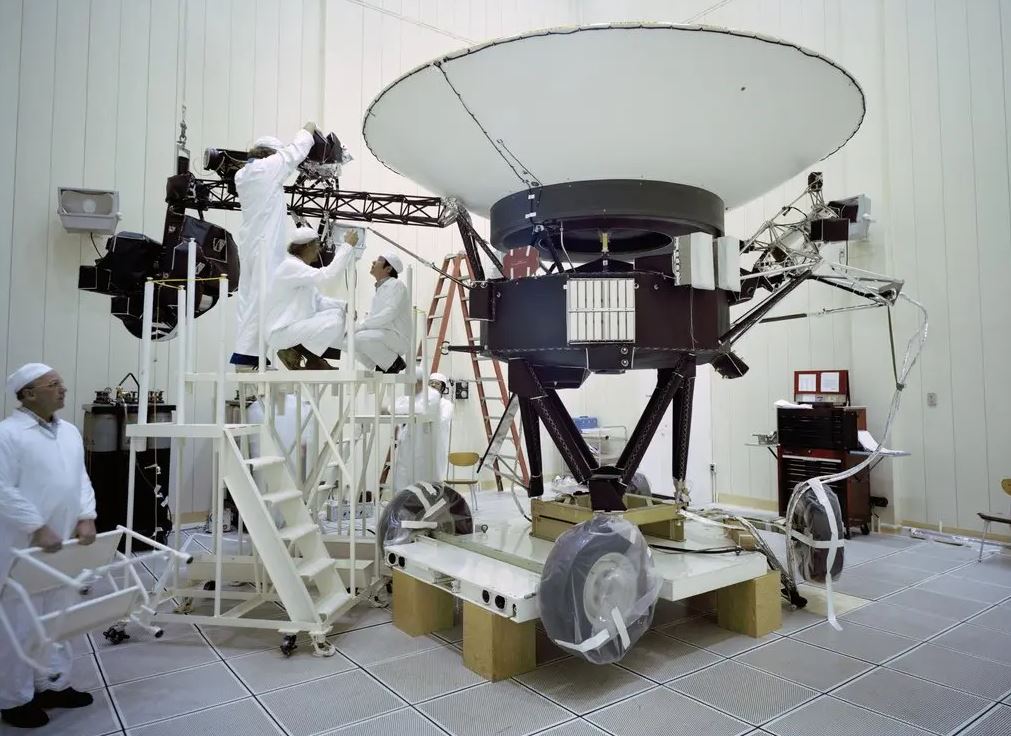NASA announced on Tuesday that the ageing solar system probe Voyager 2 was found to be in good health. However, it’s possible that they won’t be able to contact the spaceship for the following two months.
NASA’s Jet Propulsion Laboratory confirmed on Friday that the spacecraft Voyager 2 has lost communication with Earth after travelling more than 12 billion kilometres. The antenna was pushed off course by two degrees on July 21 when ground engineers gave the wrong instruction to the spaceship. The mission crew was unable to communicate in any way due to this.
However, the Deep Space Network, a worldwide system used to control many ongoing space projects, picked up a carrier signal from Voyager 2 on Tuesday morning. That suggests the spacecraft is still transmitting, but at a very weak level where data transmission is impossible.
On August 20, 1977, Voyager 2 was launched into space to explore the outer planets of our solar system. In addition to being the only spacecraft to have ever visited Uranus and Neptune, Voyager 2 was also the second mission to enter interstellar space the region of rest of the universe.
NASA has had similar communication failures in the past. The Deep Space Network’s only radio dish capable of communicating with Voyager 2 will be taken offline for maintenance and repairs in 2020. In March of 2021, when it was brought back online, Voyager 2 was still going strong.
Voyager 2 was launched by NASA not long after its twin, Voyager 1, although Voyager 1 took a slightly different path and arrived in interstellar space first. The spaceship is still in communication with mission experts.
After over 46 years in orbit, the spacecraft is still providing valuable scientific information on the changing environment beyond our solar system and the interaction of the heliosphere (a bubble of radiation from our sun) with interstellar space.
But if anything goes wrong before scientists can restore contact with the spaceship, they will be unable to repair it. That’s more of a worry, according to a Jet Propulsion Laboratory representative, than any short-term loss of scientific data.
To extend the lifetime of the mission, Voyager 2 began using backup power for its five instruments earlier this year. To keep the mission running as long as feasible, scientists predict that one of these sensors will need to be turned off entirely in 2026, and others in subsequent years.
According to the laboratory spokesperson, the mission managers will try to utilise the Deep Space Network on Wednesday to transmit an order to Voyager 2 to turn its antenna back towards Earth. About 18 hours will pass before the signal reaches the spaceship, and another 18 before scientists on Earth learn whether or not the transmission was successful.
Scientists will have to wait until October 15 if the command does not work. The mission’s computer is set up to automatically reorient the antenna towards Earth on that day in the hopes of reestablishing contact with Earth.
The spacecraft is 46 years old, and losing communication with it is frustrating, the spokesperson stated. However, 46 is the number. It’s been successful so far. Thus, we are quite certain that everything will be well.

